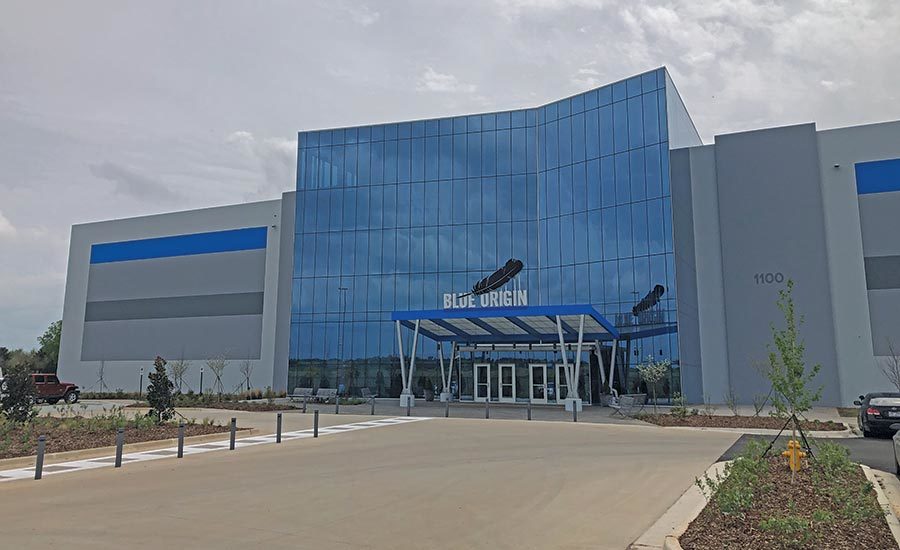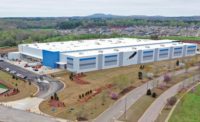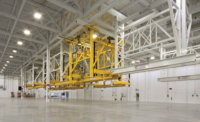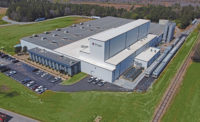ENR Southeast's 2020 Best Projects
Best Manufacturing: Blue Origin Engine Facility

Blue Origin Engine Facility
Photo courtesy Clayco

Connectivity between engineering and manufacturing is enhanced by nearly continuous observation glass that minimizes physical separation.
Photo courtesy Clayco

Staff and visitor amenities extend outside with an inviting visitor entrance plaza and garden area.
Photo courtesy Clayco

The 400,000-sq-ft facility will play a critical role in sending the first humans to Mars by housing tooling, equipment and operations required to manufacture Blue Origin’s next-generation rocket engines.
Photo courtesy Clayco




Blue Origin Engine Facility
Huntsville, Ala.
BEST PROJECT
Owner: Blue Origin
Lead Design Firm: Lamar Johnson Collaborative
Contractor: Clayco
Structural Engineer: Alper Audi Inc.
Constructing the 400,000-sq-ft facility for manufacturing liquid-fueled rocket engines in just 10 months was a true space race, as the design changed extensively as the project evolved. Adapting to dramatic alterations in building layouts, spacing and heights required teamwide collaboration to maintain the owner’s operational and quality requirements. Three-dimensional modeling helped optimize interior and process layouts, while extensive value engineering yielded cost-effective alternatives that absorbed all additional costs. Incorporating seasonal data to determine solar loading on the building’s entrance lobby during different times of the day and year led to the selection of a more suitable window tint for the clerestory above the office, with walls slightly repositioned to prevent excessive heating.
Inside, the plant’s numerous equipment foundations were large and atypically shaped, many reaching 3 ft deep and requiring multiple layers of reinforcement. Because the largest foundation—40 ft by 80 ft with 15 different elevations—could not be constructed until the structure was erected, building information modeling technology proved essential in optimizing locations for mechanical and electrical pathways.
Early subcontractor involvement enabled the Clayco-led project team to address other challenges and potential risks, from mitigating unstable soils to safeguarding a precisely poured finished concrete floor from heavy construction machinery. Erecting the building’s 100,000-sq-ft steel-framed central office spine in the middle of an active industrial project brought its own concerns, as drywall construction, painting and millwork had to be safely performed alongside heavy industrial installations. The project team’s unique approach to safety was put to the test during the last two months, when the project ramped up to more than 350 employees from 100. In the end, the project team worked 586 days and nearly 304,000 hours with no lost-time injuries.
In the coming years, the facility will play a critical role in sending the first humans to Mars by housing tooling, equipment and operations required to manufacture Blue Origin’s next-generation rocket engines. The facility also includes a significant amount of automation as well as machining, cleaning, assembly integration, avionics component building and testing.
Connectivity between engineering and manufacturing is enhanced by nearly continuous observation glass that minimizes physical separation. Staff and visitor amenities extend outside with an inviting visitor entrance plaza and garden area.
Return to Southeast Best Projects Award Winners Stand Tall in 2020








